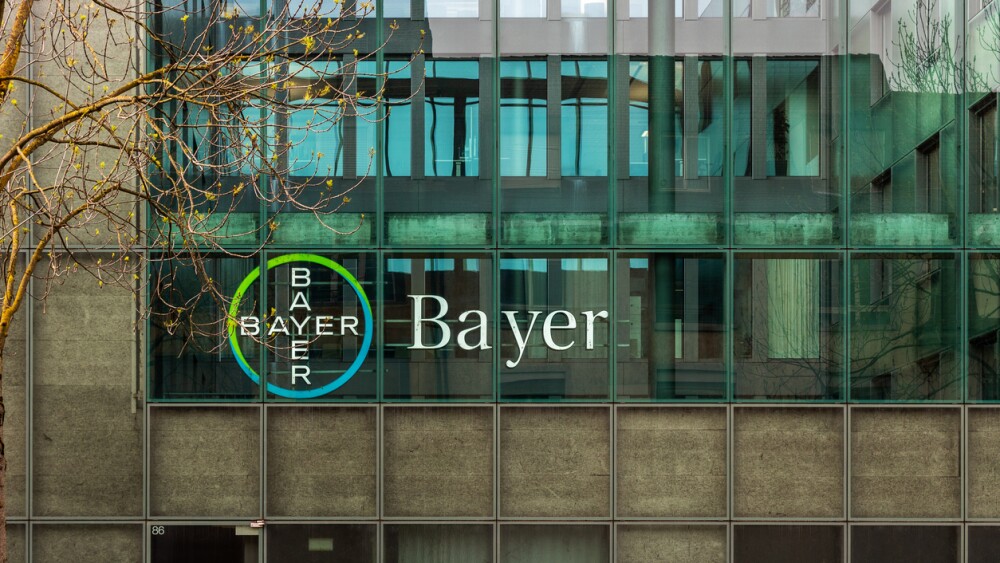The FDA has lifted its clinical hold on Beam Therapeutics’ BEAM-201 and cleared the way for an Investigational New Drug Application, the company announced Friday.
Al Drago/CQ Roll Call/Getty Images
The FDA has lifted its clinical hold on Beam Therapeutics’ BEAM-201 and cleared the way for an Investigational New Drug Application, the company announced Friday.
BEAM-201 is an anti-CD7, multiplex-edited, allogeneic chimeric antigen receptor T cell (CAR-T) development candidate. The company is gearing up to trial the experimental cell therapy as a potential treatment for relapsed/refractory T cell acute lymphoblastic leukemia (T-ALL)/T cell lymphoblastic lymphoma (T-LL). The Cambridge biotech announced in August that the FDA placed a clinical hold on the therapy.
Beam revealed the reasons for the FDA’s hold in a subsequent SEC report, filed late August. As stated in its formal letter, the regulatory body requested additional control data from the genomic rearrangement studies, as well as further analyses of off-target editing experiments.
The agency also needed more control data for a specific cytokine-independent growth assay and asked for an updated investigator brochure with information on any new non-clinical studies.
In its Q3 financial results released in early November, Beam noted it had already responded to the FDA’s requests.
Using proprietary technologies, BEAM’s base editors work by chemically transforming one nucleotide base into another. BEAM-201 is designed to side-step current logistical and technical limitations of CAR-T treatments by simultaneously affecting many target genes, potentially allowing for universal compatibility, as well as resistance to immunosuppression and host rejection.
In a statement, BEAM CEO John Evans said that the FDA’s lift of its clinical hold marks “the first IND clearance for a multiplex-base edited investigational drug,” and could lead to an innovative and effective treatment for patients with few therapeutic options for their disease.
Beam’s stock rose some 6% premarket in reaction to the news.
The Next Step in Gene Editing
Most gene therapies break both strands of the DNA to introduce genetic changes. This approach, while effective, has long been known to yield substantial off-target effects, which are induced genetic mutations at loci other than the target site. In turn, this could lead to safety concerns and toxicities.
In contrast, base editors make use of chemical reactions to change one base pair into another. The first-ever editor, for instance, was developed in 2016 and made used a specific deaminase enzyme to change a cytosine-guanine into a thymine-adenine pair.
This approach is not only safe, yielding fewer off-target effects, but also turns out to be more efficient than typical gene editing, especially when it comes to point mutations.
There are other early adopters of base editing in biopharma, including Verve Therapeutics, which has licensed its base editing technology from Beam and is testing it against heterozygous familial hypercholesterolemia. The FDA also put Verve’s lead candidate on hold earlier this month.
Another is Metagenomi, which develops “next-generation therapies” using base editing technologies, alongside more typical CRISPR-based gene editing approaches.






